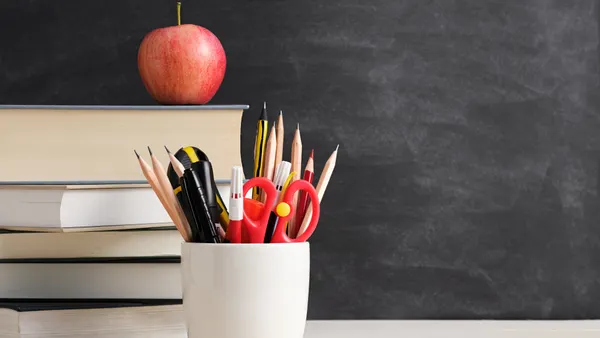Quick Facts
News and Media Literacy
Search Spike:
The Center for News Literacy’s Digital Resource Center has seen a 300% increase in visitors.
Training on the Rise:
News Literacy Project added online PD workshops; media mentions “skyrocketed.”
Hot Topic:
Conferences and conference sessions on news literacy are growing.
Since last year, the Digital Resource Center (DRC), part of the Center for News Literacy at Stony Brook University in New York, has seen a 300% increase in visitors.
At the News Literacy Project in Chicago, social media followers doubled and the number of media mentions “skyrocketed” from a few to 30 just in January. The organization also launched a series of online professional development workshops to meet the demand for training,
Those are just a few examples of how last year’s election season — and the fake articles masquerading as real, campaign-related news — sent educators scrambling for resources on how to help their students critically evaluate the daily onslaught of media messages in their lives.
“There is a perceived crisis among educators about the impact of ‘fake news’ and media use generally, but on ‘the youth’ especially,” says Natasha Casey, an associate professor of communications at Blackburn College in Carlinville, IL. She adds that the high-profile nature of the term “fake news” has helped to “create an entry point for many people who'd never heard of media, information or news literacy before.”
By the numbers
The percentage of more than 1,000 millennial respondents who said they were confident in their ability to pick out false information online, according to MindEdge.
The percentage of more than 1,000 millennial respondents who admitted they had inadvertently shared information online that ended up being false, according to MindEdge.
Recent survey research has further strengthened the argument that young people’s digital and media literacy skills are lacking, even though they get the bulk of their news through social media.
A 2016 MindEdge survey of over 1,000 millennials showed only 35% of the respondents said that they were confident in their ability to pick out false information online, and 37% admitted that they had inadvertently shared a false story, a tweet or some other piece of information online. In addition, research by the Stanford History Education Group concluded that today’s “digital natives” often can’t discern the difference between advertisements, sponsored content and genuine news articles.
Project Look Sharp, based at Ithaca College in New York, and News-Decoder, part of the Paris-based nonprofit Nouvelles-Découvertes, or “new discoveries,” are also examples of efforts to meet the growing demand for lesson plans and services that help students understand the news and the news business.
Professional learning opportunities for teachers and librarians, both in the U.S. and internationally, are also more widely available. Michael Spikes, of the DRC, for example, has given 23 workshops this year, and Casey also notes that the number of conferences and conference sessions focusing on issues such as news literacy research and assessment have increased.
Some advocates are taking a legislative approach to increasing opportunities for students to learn and practice news and media literacy skills. A new law in Washington requires schools to show how they will implement media literacy instruction in schools. A similar bill passed the state Senate in California, and an organization called Media Literacy Now has been working with Common Sense Kids Action to craft model legislation for other states.
Experts warn, however, that educators should be wary of quick fixes. Relying only on fact-checking sites such as Snopes and PolitiFact is unrealistic, Casey says. And Spikes notes a recent Yale study showing that tagging Facebook posts as fake “isn't helping users to find the differences between good and bunk information.” He added that “one-off solutions” such as tip sheets or even game-based lessons are inadequate. “We have to keep … involving ourselves in active evaluation
Looking Forward
Despite the divisiveness of the 2016 presidential election, one positive outcome was that it has raised educators’ awareness of how susceptible students are to misleading information. Schools will continue to grapple with where news and media literacy instruction fits in the curriculum and begin to discuss how to measure whether students are acquiring these skills.









